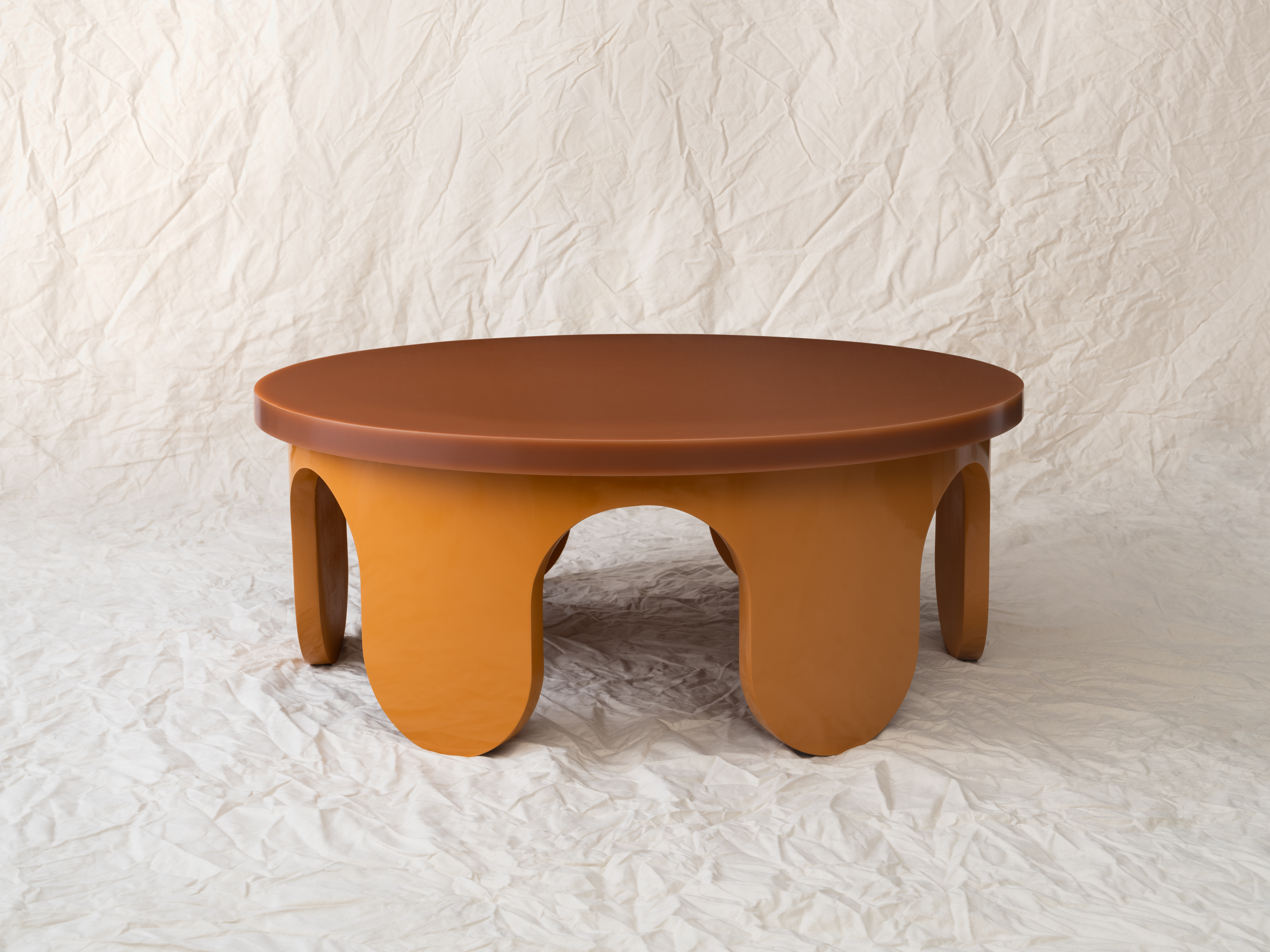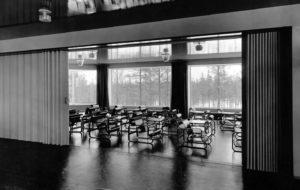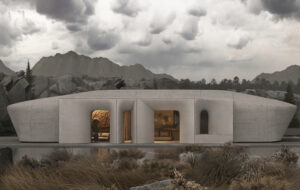
Words William Wiles
There is no book of the status of Learning From Las Vegas for computer games and virtual worlds yet, but Space Time Play comes very close. It sets itself two questions: “Why should an architect care about computer games? And what can a game designer take from architecture?” By the end of its 500 pages, any architects reading will certainly care, and the second question has been rendered moot – games designers have been pillaging architecture for years.
Any attempt to examine the value of computer games to architecture will come up against a simple obstacle though: the massive scale of the subject matter. Sensibly, Space Time Play’s editors don’t set arbitrary limitations on the scope of their inquiry, and let it stray from computer games into virtual online worlds (many not strictly games), films and interactive live events. It contains short essays from 140 experts covering the subject from every conceivable angle.
Generally, the book looks at computer games from an architectural point of view rather than the other way around. For instance, online environments like Second Life are examined as a new kind of space: they combine the “community” feeling of a small town with the escapism of a theme park. This has lessons for those who plan real neighbourhoods – although people like community spirit and making friends, they also value anonymity and the ability to log off and opt out.
And who knew that online virtual worlds could suffer inner-city blight? Alphaworld discovered this when it found that the central “civic” space of its California-size online environment was ringed by failing ghost-neighbourhoods. As the world grew, users flocked to the suburbs where space was plentiful and central plots were abandoned. Virtual worlds tend to give rise to gated communities and discrete single-use districts, and there was no physical decay of buildings to give impetus to redevelopment. Jane Jacobs, the matrix needs you.
All very interesting, but why should architects care about computer games? Reading the book leaves one with a dizzying sense of the myriad possibilities that computer games offer, without a very clear notion of what concrete forms that promise might take. A virtual reality headset lets planners plant pixellated trees on a real street with a wave of the hand to see how they would look – that’s great, but it’s just rendering on the hoof. “Augmented space” is a fascinating concept best described as a 21st-century GPS and wi-fi version of museum audio guides. At the moment, it’s mainly used to play urban games – there must be many serious architectural applications for a technology that adds narrative to places, but they have yet to emerge.
This is the book’s one weakness: there is no synthesis, no narrative that unites the fascinating essays. Perhaps the lesson is that there is no hard reason that architects should care about computer games, but their lives might be made far richer if they do.
Space Time Play, edited by Friedrich von Borries, Steffen
P Walz and Matthias Böttger, Birkhauser, £22.90


















